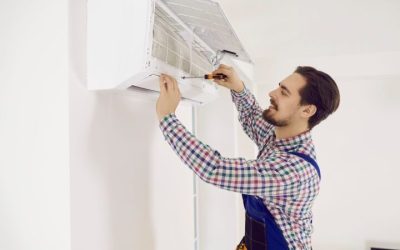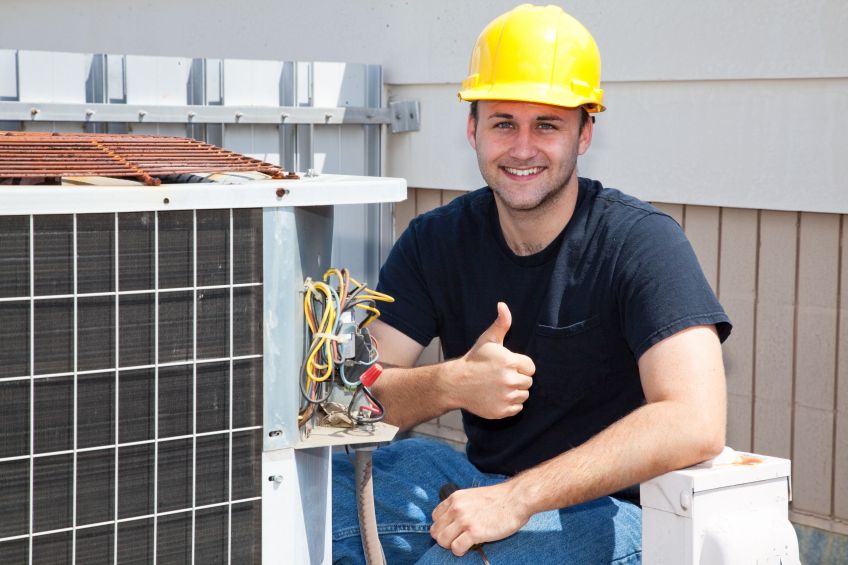For most temp heating needs in any type of industry, there are two basic options in heaters. One is the direct fired and the other is the indirect fired. There are pros and cons to each system and understanding the use, requirements and the conditions will be important to choose the best option.
Indirect Fired
Within the indirect fired heaters, there is a chamber where the combustion occurs. This burn chamber does not allow the intake air to come in direct contact with the flames. The air instead passes over the heat exchanger that is heated from the burn chamber.
In this heater, there is no exhaust of any carbon monoxide, water or other gasses into the heated air. The air is completely free from any compounds from the burning of the fuel, which is typically oil, propane or natural gas for most applications. This means there is no need for ventilation in the area where the hot air is directed.
In some applications, these indirect fired temp heating systems have a generator on board the trailer that allows them to be used even when there may not be electricity run to the site. These systems, as with the direct fired options, can be trailer mounted or skid mounted depending on their size and portability requirements.
These systems are designed with a built-in thermostat and can be operated without the need for constant monitoring. They will also have safety features to monitor the entire system at all times during operation.
Direct Fired
With direct fired temp heating solutions, the air is heated by passing through the flames produced by the burning of the fuel. This means that the byproducts of this flame, including moisture and carbon monoxide are moved from to the area being heated.
To use the direct fired systems, there must be adequate ventilation in the area. In areas where humidity is a concern, it may be necessary to also use a dehumidifier with these systems.
The direct fired systems are very efficient and can also run off of a variety of different fuel sources. They are fast to heat up and can produce higher BTU/hr ratings than similar sized indirect fired heaters.
Both options are a good choice for most applications, but there are differences to consider. Talking with a temporary heating specialty company can help in determining the type, model and size of heater needed for any specific job.



